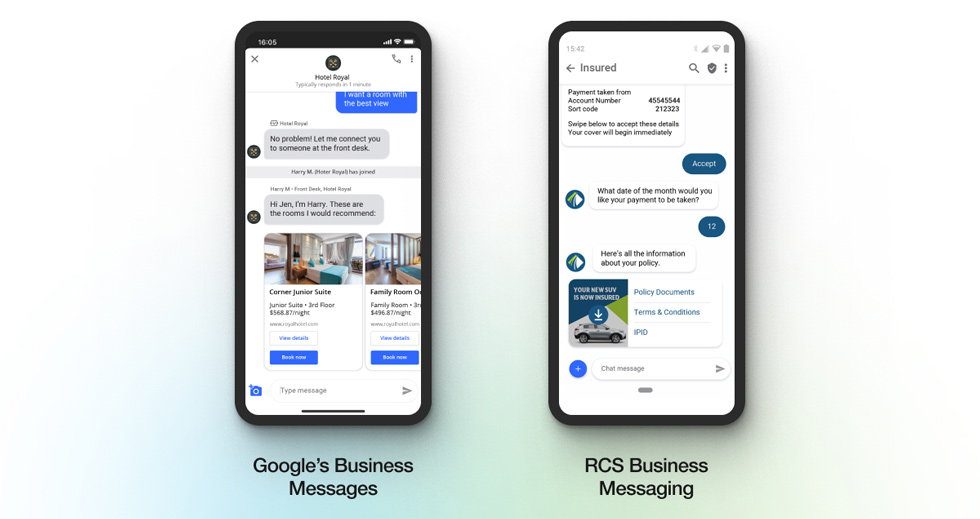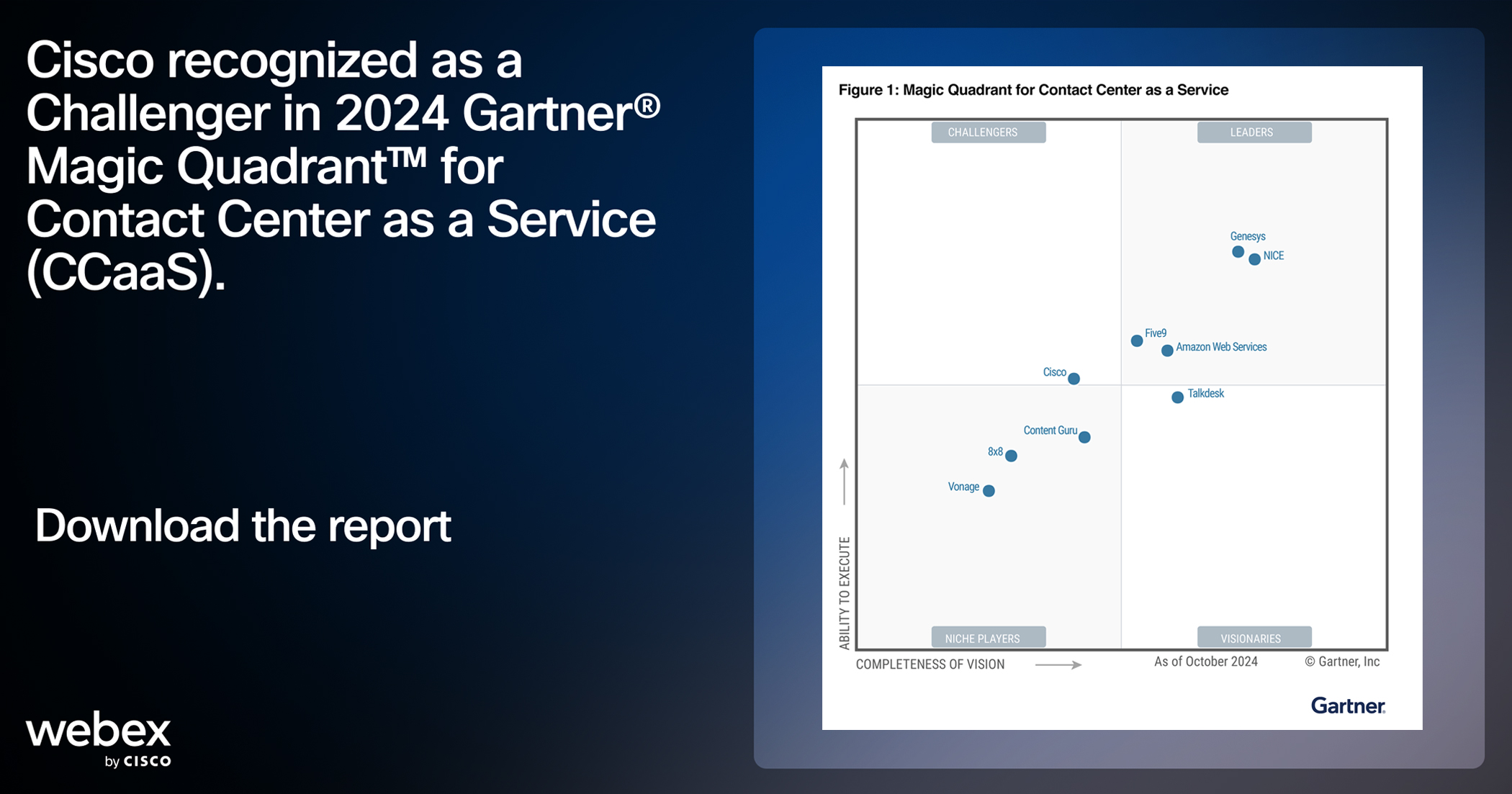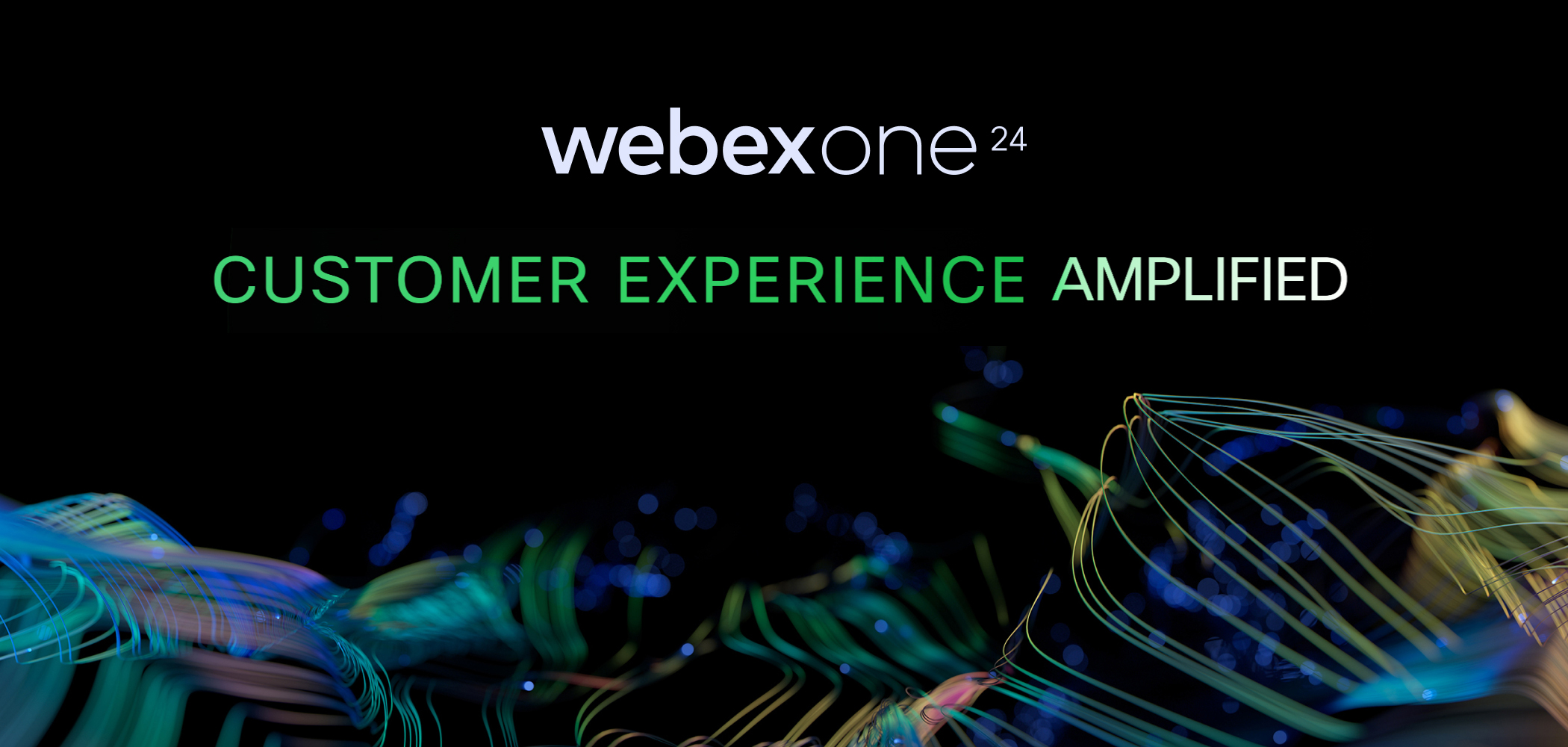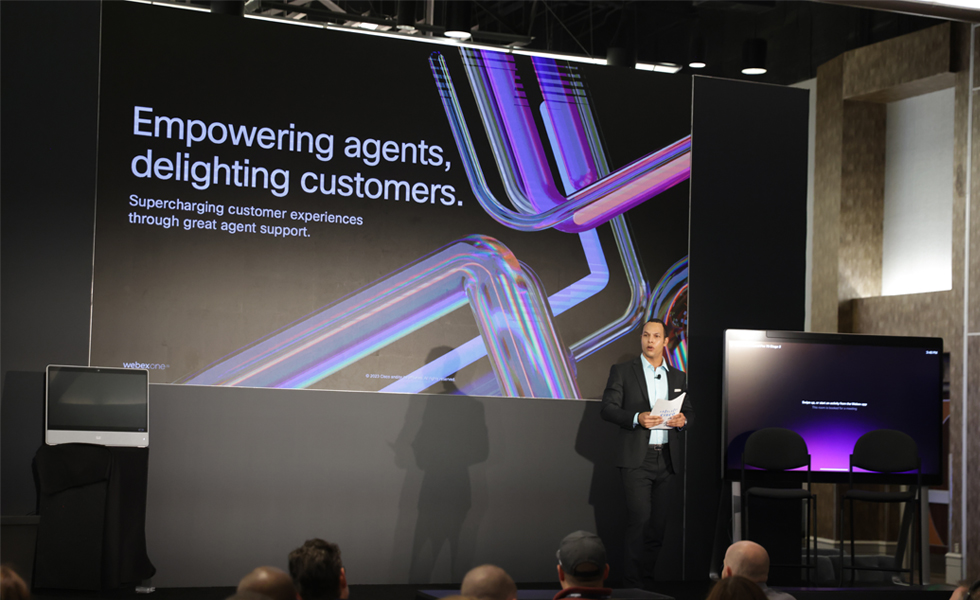In the rapidly evolving customer communication and engagement landscape, seeking the latest understandings and strategies is essential to staying ahead of the curve. Recently, Ramy Riad, Head of Future Messaging at Webex CPaaS Solutions, joined forces with Craig Lennon, Global Partnership Lead at Google, to discuss trends and best practices for future-proofing your customer interactions.
Customer expectations have evolved. Consumers today demand to connect with businesses on engaging channels and on their own terms. In fact, after surveying 2,000+ people, we found that 72% of customers want to choose their preferred communication channel when engaging with a company. Additionally, there is a significant shift towards messaging, with research firm Gartner predicting that by 2025, 80% of customer service organizations will move away from their native apps in favor of messaging platforms.
However, the messaging landscape is constantly in flux, with new channels being introduced daily, each with its own unique features and capabilities. To gain a comprehensive understanding, let’s explore some of these modern messaging applications in greater detail.
WhatsApp Business: The world’s most popular messaging app allows businesses to connect with over 2 billion consumers in a simple, reliable, and private way across 180 countries. WhatsApp recently introduced transactional notifications where companies can interact with customers and send recurring messages. These notifications are highly valued and allow customer support, product recommendations related to a customer’s previous purchase, helpful informational alerts, relevant offers, newsletters, and more.

Instagram: An excellent channel for unlocking revenue streams, leveraging your data, activating influencer marketing, enabling instant customer care, and listening to customers. Most importantly, Instagram lets you connect with customers via Direct Messages (DMs). DMs are a great way to turn conversations into positive business outcomes. You can use images, videos, quick replies, and more to create two-way messaging experiences across every phase of the customer journey.
Apple Messages for Business: Allows consumers to connect directly within the Messages app on any iOS device, whether on laptop or mobile. Interactions using Apple Messages for Business are always initiated by the customer, putting them in control. Customers can start a conversation with a business anytime through several entry points, including apps, websites, Maps, Safari, Siri, and search. Businesses are verified and allowed to send rich media to engage with customers with features like list pickers or quick replies. In addition, Apple allows native integration of Apple Pay, allowing customers to complete their check-out process efficiently. Apple Messages for Business also integrates with live agent communication, so customers can be transferred when needed.
Google’s Business Messages: The easiest way to turn billions of searches by Android and iPhone users into conversations with your brand. When people need something, they Google it. With Google’s Business Messages, your customers can conveniently go from Search and Maps to messaging your business with a single screen tap. Features include business verification, rich carousels, cards, quick replies, and photos. This allows for a more engaging messaging experience. Chatbots and customer service agents can also use these features to deliver scheduling, support, and purchasing.

RCS Business Messaging: An evolution of SMS, RCS combines the reach of SMS with rich media capabilities to create superior two-way customer interactions. This new default messaging on Android is perfect for marketing communications. Brands have seen engagement rates 3x higher with RCS than with SMS. Customers can also share their location with the businesses they interact with to get more relevant information.
Rich messaging is a priority
So, how is Craig Lennon using these rich messaging channels at Google? When asked, Lennon explained that Google is determined to enhance the messaging experience for Android users. As a result, Google has upgraded its messaging clients to RCS, enabling cross-platform reacting, multi-device functionality, and end-to-end encryption. Lennon believes these modern messaging features can provide customers with superior CX, which is the immediate focus at Google.
The ecosystem itself is evolving
Rich media, image sharing, and automation are becoming the norm. According to Lennon, utilizing these functions to enable personalization is an excellent opportunity for businesses to upgrade their user experience in a more targeted way. Additionally, these channels offer opportunities that legacy messaging can’t. For example, they expand the bandwidth of conversations businesses can have with their customers to meet consumer needs more synchronously.
Discoverability is essential
Lennon explains how businesses need to show up for their customers. A unique example of this is offline-to-online experiences like QR codes. When a company can lead a consumer into rich digital messaging, it will see benefits. More traditional forms of discoverability are also necessary, like search and the ability to message within a company’s app. Businesses need to ask themselves, “Where do I want to show up for my customers?”
Unparalleled opportunities for the future
The rich environments of messaging apps can significantly impact business outcomes at every stage of the funnel, from increasing purchase intent and improving brand sentiment to capturing and holding attention. As a result, businesses must implement a messaging strategy that is both innovative and reliable to build and strengthen relationships with current and potential customers. By doing so, brands can position themselves for long-term growth and success in this dynamic and rapidly evolving landscape.
Watch the full WebexOne session on this topic here.
To learn more about Webex Connect, click here.





